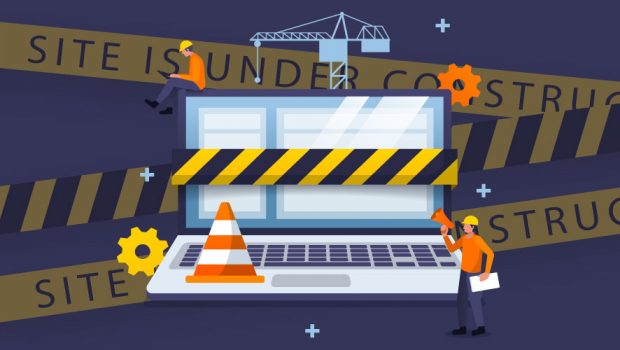Poor Performance Can Kill Your Business

When clients think about websites they think about navigation. They think about calls-to-action. They think about a unique selling proposition. These are all things they should be considering, but there is one thing most clients never consider–performance.
As a web designer my job is to manage expectations. Not just a client’s expectations but all the potential users who will be using a site I design and develop. No one wants a website to load slow. No one wants to reload images or styles every time you visit a different page on a website.
So why do so many clients ask for content or functionality that makes their website perform worse? That is a great question and it has an easy answer, because their competition does it. You should always be aware of your competition but you shouldn’t try to emulate them. You should be trying to differentiate yourself. You should be trying to deliver your message or goods to your customers in a faster, more efficient way.

What is website performance?
Website performance is the load time of the site as a whole and the transition from page to page. Anything that delivers your website content faster and without noticeable visual jumps is considered good performance.
Why is performance such a big deal?
The biggest reason for site abandonment according to KISSmetrics is slow load times. Every second of load time increases a negative customer experience by 16%.

The number one reason for cart abandonment is slow load time. A lot of customers shop on mobile devices and if the site loads slow, users will abandon the purchase out of frustration.
Should I care about website performance?
Yes. With the amount of people browsing the mobile web, performance is now more important than it has ever been. Cellular coverage is good but depends on your location. If you have weak reception it can dramatically increase load times.
If you’re selling products online slow load times can kill your business. According to KISSmetrics, 79% of customers who’ve experienced slow load times will never buy from that site again.
Biggest factors of poor performance

The biggest impact on performance comes from large, poorly optimized images. Large images show up in sliders with multiple slides. Sliders are a lot like billboards on the side of the highway. They don’t convert well and they can increase the load time of your homepage. The obvious solution is to use less images and smaller images. Image optimization is important for good performance. We can save smaller physical images and at a lower quality. We can use lossless image compression to compress the size even further enhancing our load time and as a result, our customer’s experience.
Another big factor of poor performance is functionality. It’s great that so many sites use JavaScript to enhance their user experience. Most of the time these enhancements are ornamental and come about because they’re more cool than necessary. Functionality and content need to have a purpose and should be well thought out ahead of time.
Conclusion
You need to consider several things about your content and functionality. Is the functionality you’re asking for necessary or would it just be nice to have? Is the content crucial for mobile users? If you think the content doesn’t work for mobile, does it really work on a tablet or desktop?
It’s my job as a web designer to steer the project in a direction where the end product benefits everyone–user and client alike. To effectively do that I need to balance the user experience and a client’s expectations.



